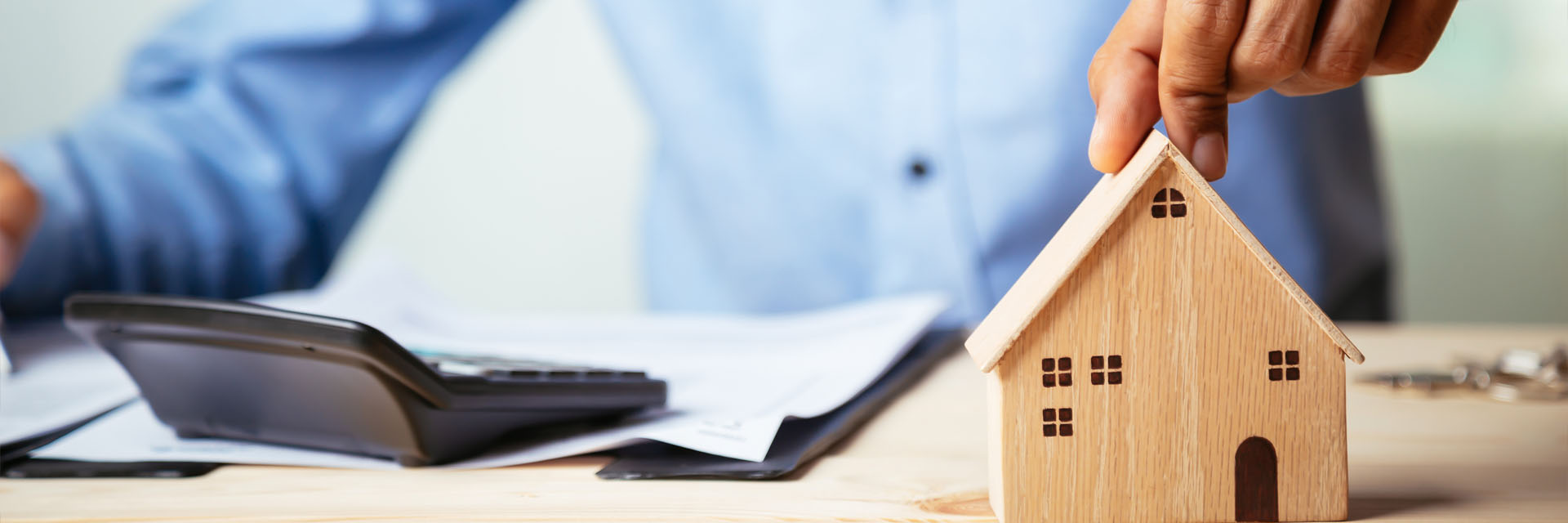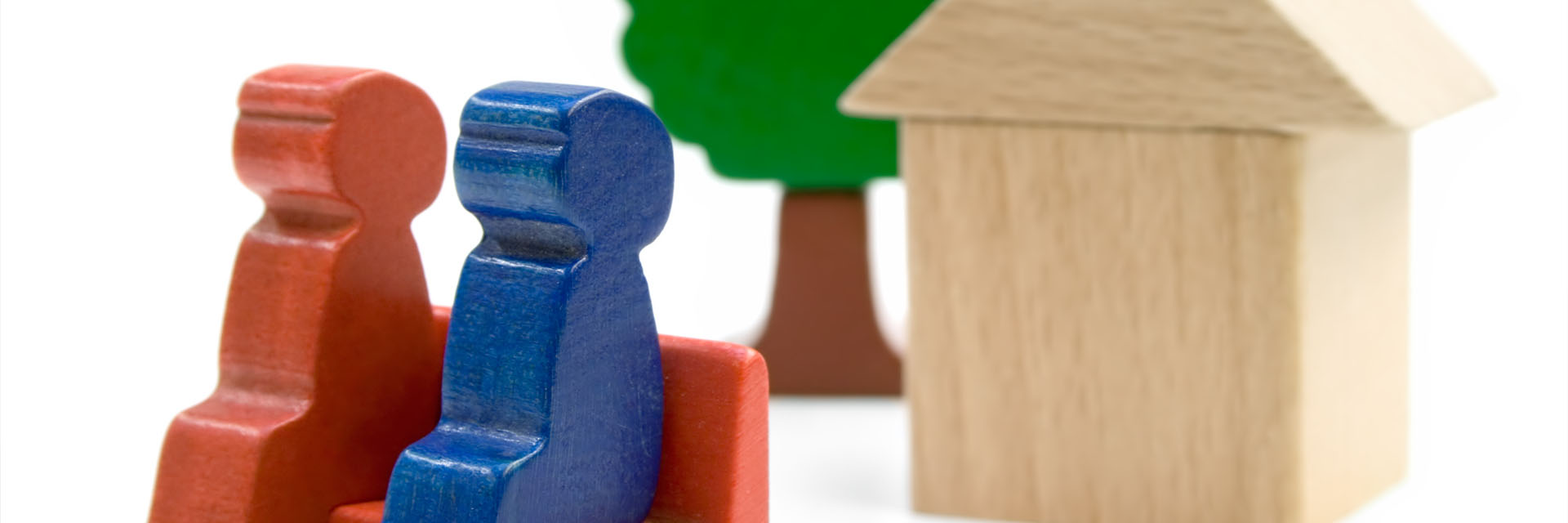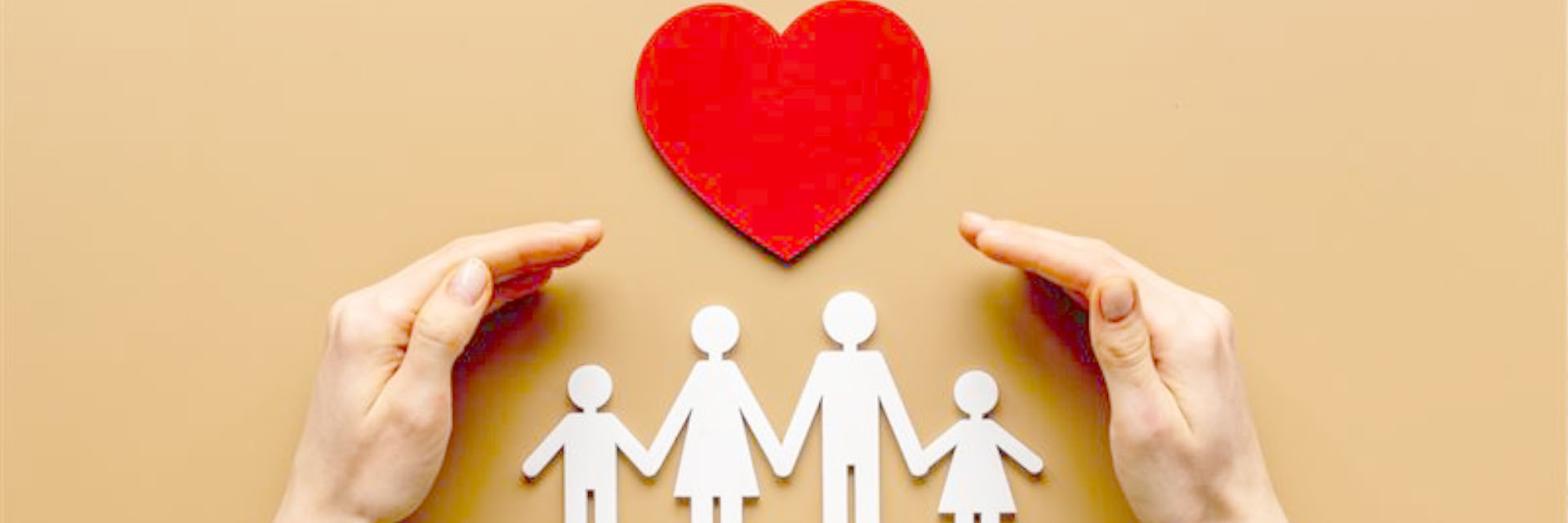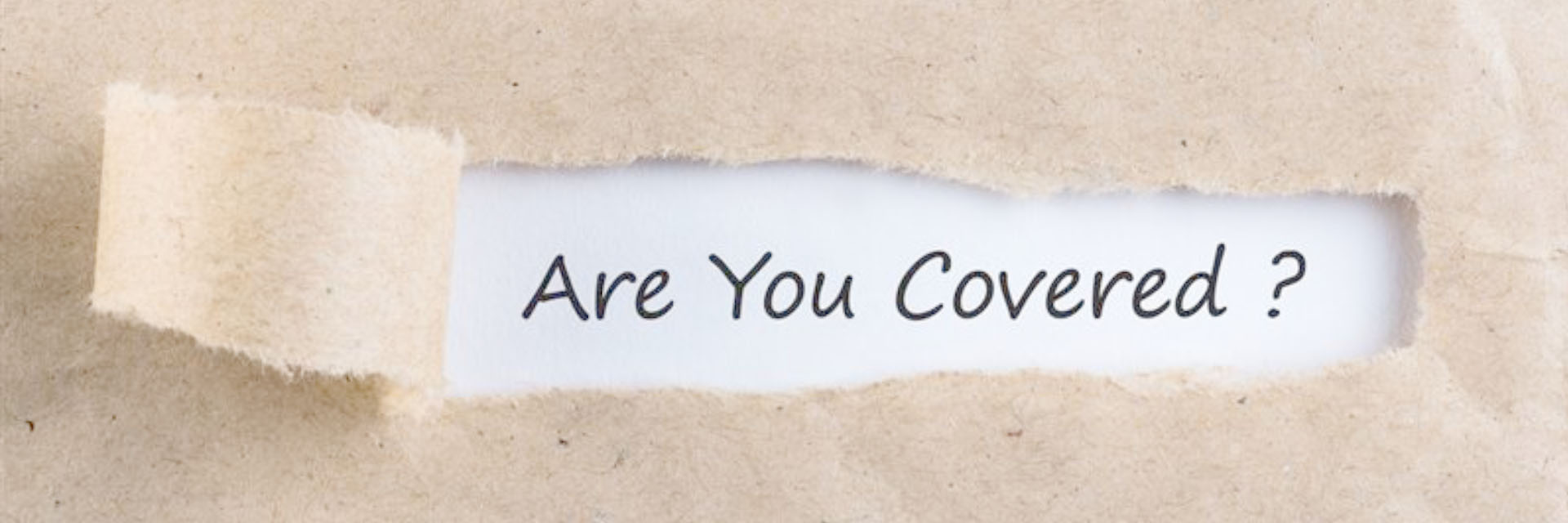What is stamp duty?
Stamp duty is one of the additional costs of buying a home. However, with the excitement of purchasing a new home, many home buyers forget about various fees and taxes they must pay. And stamp duty can add between 2 and 12 per cent to the final purchase price. So, stamp duty is an extra tax you don’t want to forget.
Also called Stamp Duty Land Tax (SDLT), most people buying a home must pay the tax when buying a freehold property, new or existing leasehold property, or shared ownership property. However, if you are a first-time buyer, you may not have to pay any stamp duty at all.
What is stamp duty?
Stamp Duty is a property transaction tax most people must pay to the government when buying a house. The land tax is calculated based on the portion of the property’s purchase price in each band. Stamp duty rates also depend on where in the United Kingdom you buy a home.
Stamp Duty is the term for land tax transactions in England and Northern Ireland. If you buy a property in Scotland, you pay Land and Buildings Transaction Tax. In Wales, it is called Land Transaction Tax. The bands for stamp duty and tax rates differ from country to country.
Standard stamp duty rates
The amount of stamp duty you must pay is divided into five stamp duty tax bands. You pay the amount based on the part of the purchase price falling within each band.
To determine precisely how much you pay, you can use this table for stamp duty calculation.
Purchase price bands:
- Property purchase price — £0 to £125,000: 0%
- Property purchase price — £125,001 to £250,000: 2%
- Property purchase price — £250,000 to £925,000: 5%
- Property purchase price — £925,001 to £1.5 million: 10%
- Over £1.5 million: 12%
It’s good to remember that the amount of SDLT you pay will increase when buying a second home, an additional property or a buy-to-let property. There is an extra tax between 3 and 15 per cent in these cases, depending on the stamp duty bands.
Additionally, there is a stamp duty surcharge for non-residents and overseas buyers who must pay an additional 2 per cent on top of current SDLT rates. Again, this is regardless of the type of buyer — individual or company.
Stamp duty for first-time buyers
First-time buyers are exempt from paying land tax depending on the property cost. The price threshold for buying your first home is £300,000. If the property sells for up to £500,000, there is a 5% tax to pay. However, you must pay the normal rate on property purchases of £500,000.
Can you avoid paying stamp duty when buying a home?
You can avoid paying land tax when buying a residential property in certain circumstances. The most common reason is when someone is a first-time buyer, and the purchase cost is less than £300,000.
Here are other ways to avoid paying SDLT:
- Ask the seller to lower the price if it is slightly above the stamp duty band.
- The property becomes yours in a will, through a divorce settlement, or as a gift.
- The property cost less than £125,000.
When do you pay stamp duty?
Stamp Duty is normally paid by your solicitors, they will collect it from you as part of the completion statement and this has to be factored in with your purchase costs.








